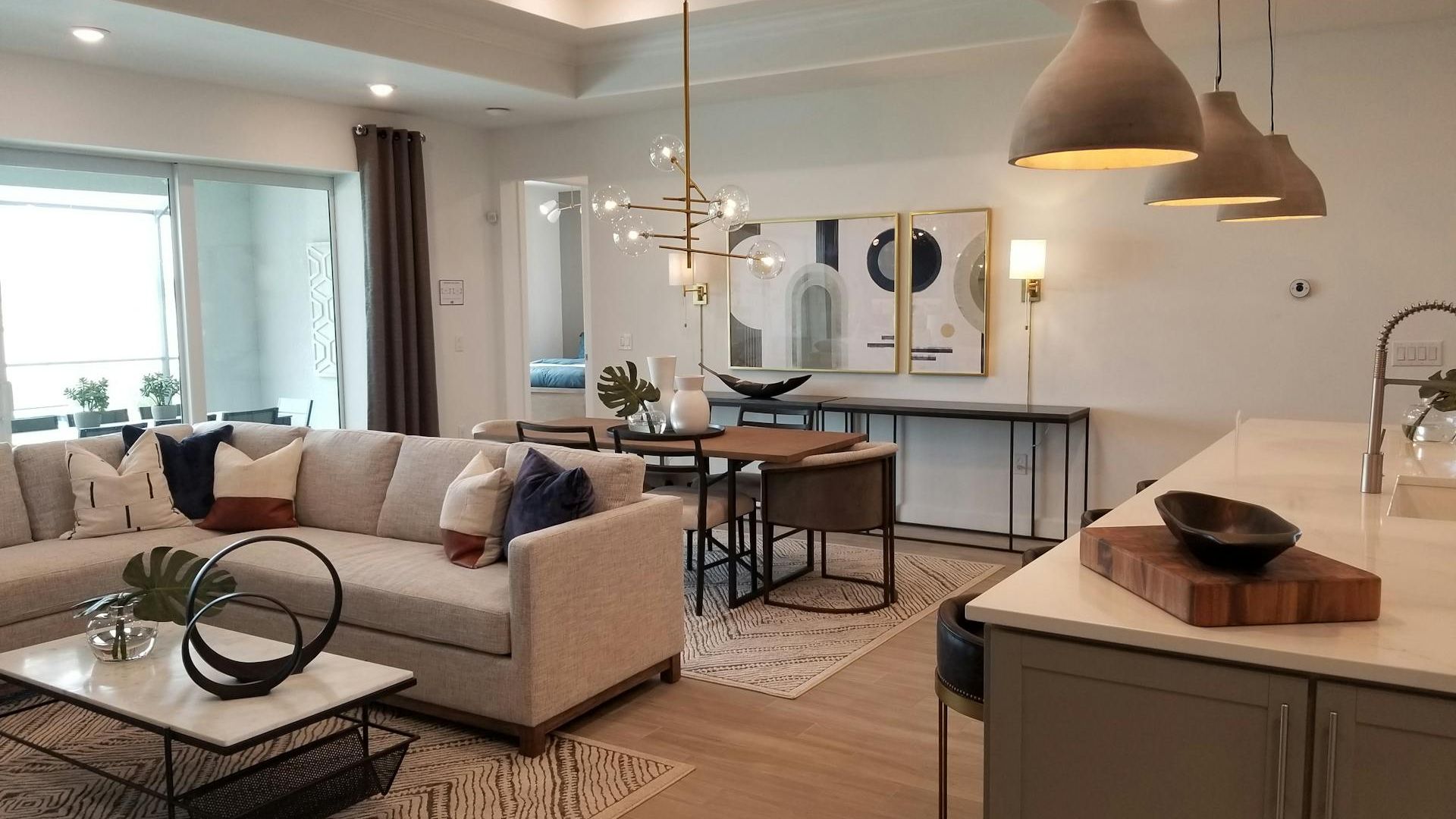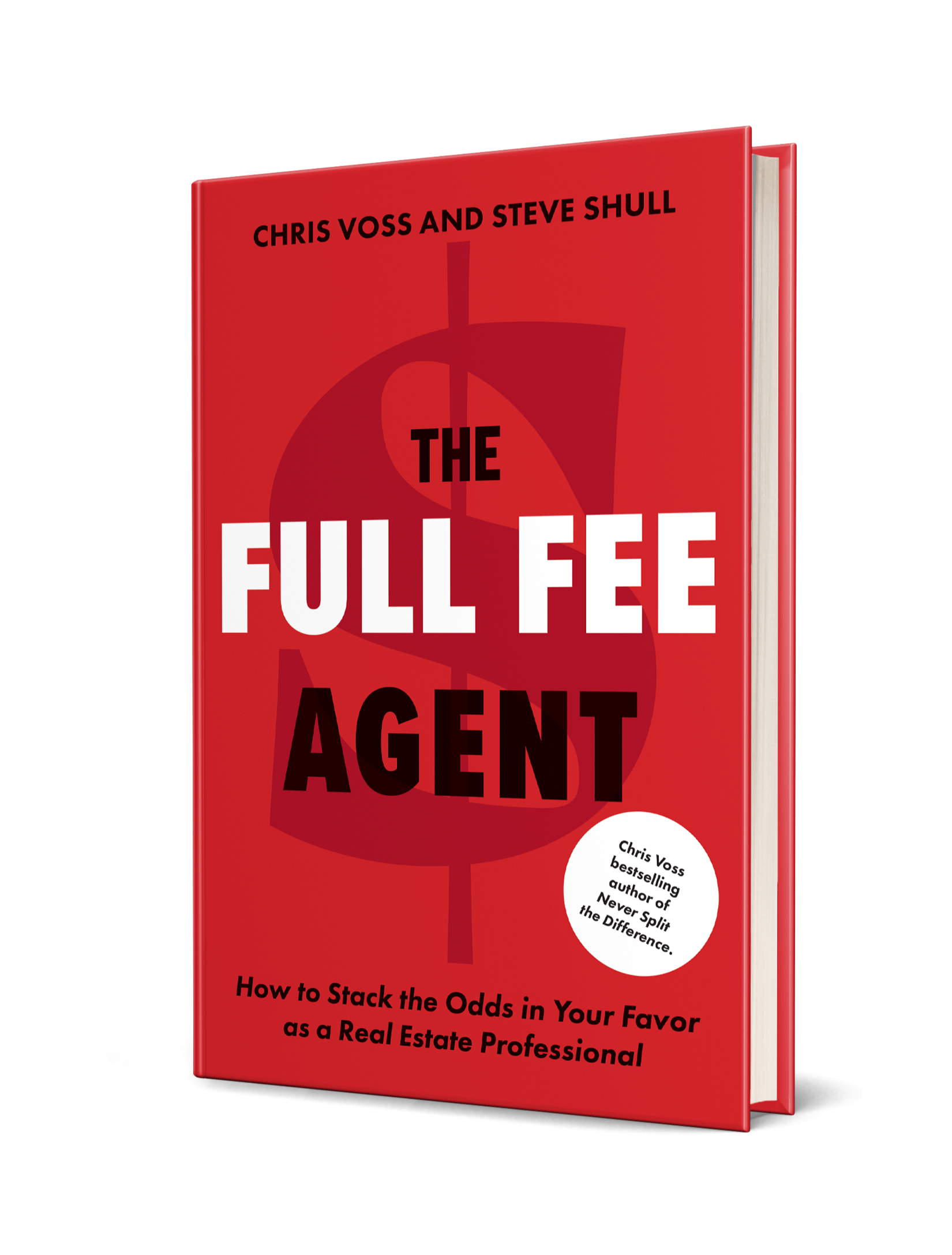Home Prep: How to Deal With Sellers’ Rose-Colored Glasses
Jul 12, 2024
Let’s talk home prep.
This is another sensitive conversation—one where many (if not most) agents tend to lack consistency, confidence, and standards.
Sellers tend to see their own homes through rose-colored glasses.
They overlook the flaws to which they’ve become accustomed.
They underestimate the powerful psychological effect that aspirational home presentation can have on the speed of incoming offers and the price buyers are willing to pay.
Preparation and pricing work hand in hand.
If a property is priced in a way that corresponds to the reality of current market data, you satisfy the buyer’s logical brain.
If that accurately-priced property is also perfectly prepared, in a way that captures the hearts and imaginations of buyers, that’s when they tend to bid above what the data alone might suggest…and they may do so, quickly, before someone else falls in love with it.
The heart tends to move faster, and in larger leaps, than the rational brain alone.
This is not just true in the high-end, luxury market. The same principles apply to a tiny studio as they do to a multi-million dollar loft. Everyone, at every price point, has aspirations. The strategic balance of preparation and pricing can be the perfect recipe for achieving your client’s goals as efficiently and effectively as possible.
But as agents, we often shy away from this tough conversation or fail to address it entirely. If a seller is not immediately on board with the idea of preparing, repairing or staging, we tend to back off right away without exploring their motivations or laying out the landscape for them to consider.
How many times have you heard: “They’re not buying the furniture!” or “It’s just one broken hinge” or “They’re just going to gut it anyway”?
And how many times did you allow the discussion to end right there?
That pushback is often a result of talking when we should be listening. We’re telling them what they should do to get the best results.
You may be thinking, “Duh! Isn’t that our job?”
Your job is going to be a whole lot easier, and a whole lot more successful, if you allow the client to come up with the plan that you want them to implement.
How do you do that?
The tool we’ll focus on here is the Calibrated Question.
Calibrated Questions are open-ended questions designed to make your counterpart think and problem-solve.
They are usually “what” and “how” questions.
This type of question respects your counterpart’s autonomy—you’re offering the other person the space to think for themselves.
You ask a very specific question to get them to a specific answer which leads them where you want them to go.
“What” questions uncover challenges and lead your client where you want them to go.
For example: “What do you see as the best option here?”
“How” questions are implementation questions. They help you to set up how things are going to move forward.
For example: “How do you see this unfolding?”
So, when you’re approaching the topic, be prepared.
Think about the problem and think about the solution. Then think about the most strategic “what” or “how” questions which may lead your client to solving the problem.
For example…
Let’s say the problem is that there are a lot of closets and cabinets throughout the home, providing great storage space (huge selling point!)...BUT they’re all overstuffed, which gives the impression that there’s insufficient storage.
Start with a short Summary to set up the question.
In a Summary, you’re presenting “the world according to them” in your words while labeling their emotions and the dynamics of the situation. A summary has a specific structure…
You begin with, “So far you’ve told me…” OR “So far we’ve discussed…”
Then recap everything they’ve told you so far related to the topic of home presentation, especially their thoughts, hopes, and concerns.
End the Summary with, “And as a result you feel…” and fill in the blank.
Then pose your Calibrated Question—a “what” or “how” question designed to get them thinking and problem-solving.
All that may sound something like…
“So far you’ve told me how important the large closets in this apartment have been to you. You’ve pointed out how unique they are within this building. You’ve emphasized the added value all of that storage space provides for buyers. As a result you feel that the storage should be featured during showings. How do you think we can show the closets off in the best light?”
Here’s another example.
Let’s say the problem is a general lack of design, paint color issues, dated furnishings, and clutter that makes the property compare poorly to the competition, and you believe there is a need for staging. The summary and calibrated question may sound like:
“So far, we’ve discussed a few comparable properties recently sold and currently on the market. You feel those homes are very similar to yours in size and in renovation. As a result, you feel that a list price for your home should be consistent with those properties. What do you see as the best option here in terms of preparing your property to a similar level?”
There is no end to the circumstances in which you can follow this framework.
Take any problem you’re facing, pair it up with the solution you have in mind.
Then summarize your client’s thoughts and feelings related to this problem, which could lead them to desire that solution you have in mind.
Then sculpt the most strategic “how” or “what” question that could lead your client to naming that solution.
Then listen, label, mirror, and add other calibrated questions if needed.
Remember, just as with over-pricing, we have a responsibility to confront under-preparing.
You can set your whatever standard and establish whatever process feels right for your business…but you have to do it. The only wrong way is to not have a standard or process at all.
We have a responsibility to our clients to point out any obstacles they may not be aware of, or have not fully considered, and which have the potential to negatively impact their goals. (Remember: their goals not yours.) In this case, we need to point out all those areas in the home—both appearance and function—that buyers may negotiate against.
We have the challenge here, as always, of deftly navigating a balance between allowing the seller their autonomy in making their own decisions, and not allowing them to make missteps based on a lack of information or the appropriate professional guidance.
Remember that people are much more likely to follow through with implementing a solution they come up with.
The art here is in asking the right calibrated questions to inspire your client to come up with the plan for what you want them to do.
It matters who says it!
The Calibrated Question can get you there.
Have a great weekend!
Laurie
Get free coaching in your inbox every week
Stay focused on what truly matters with key highlights and insights from all our coaching programs.


